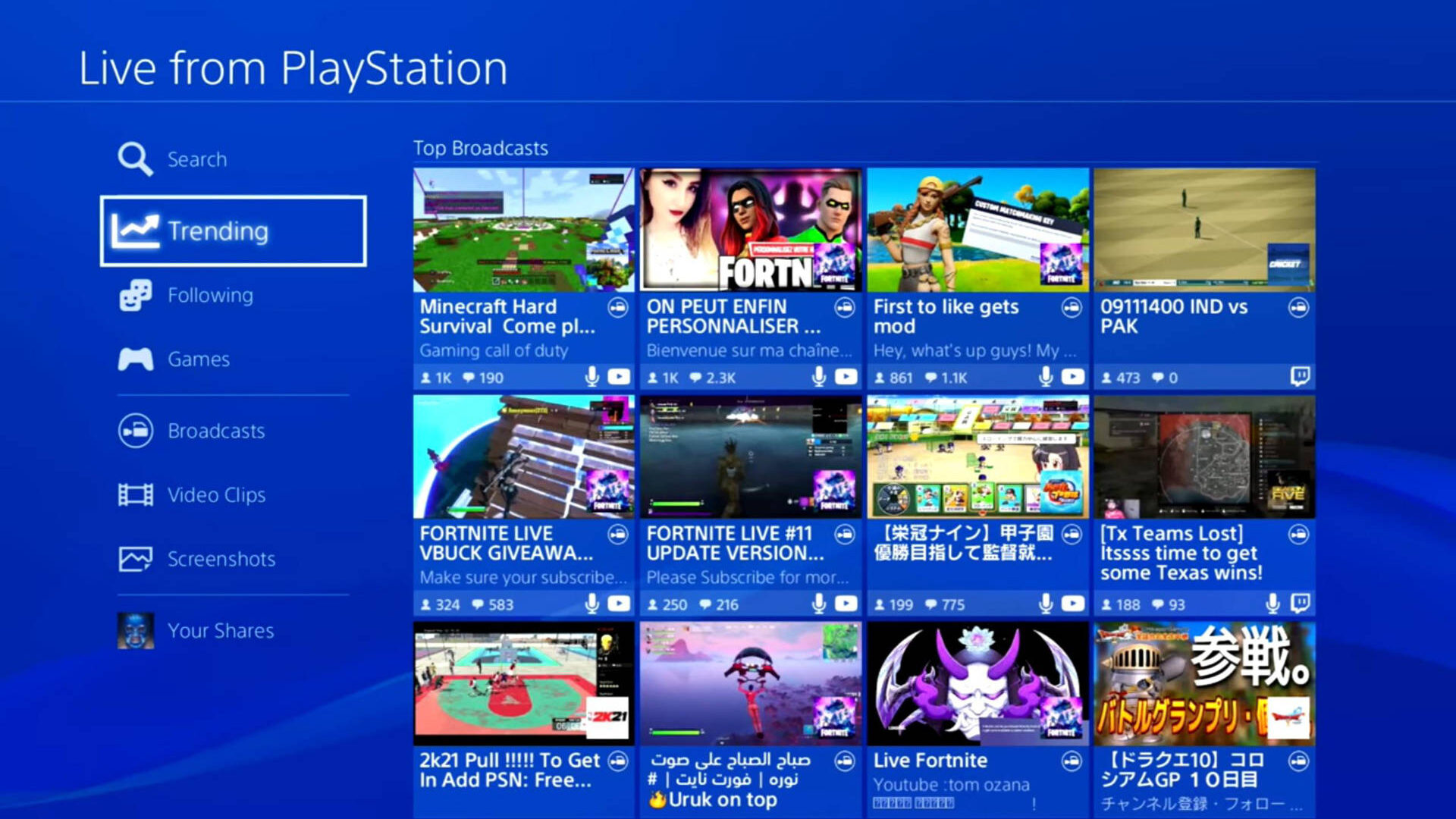Next-gen is (Not) Doomed
Though I hate to admit this—and potentially call myself out as being “old”—I’ve lived through every console-generation change in the history of our industry. I was a young child during the age of the Atari 2600, and I remember the dire need to get a Nintendo Entertainment System when I saw how amazing it was. Eight bits turned to 16, sprites gave way to polygons—which then gave way to tolerable-looking polygons. With every console upgrade, graphics got better in quantifiable, tangible ways, and we looked forward to a future of games that hadn’t been possible before.
Lately, though, there’s been some skepticism to the thought of what would be wait- ing for us on the next PlayStation and Xbox. The argument is that the graphical upgrades won’t be enough of a jump for the casual gamer to be able to see the difference—or to feel that need for cutting-edge hardware that I felt so long ago for Nintendo’s official launch of a new home-console era. To be fair, I indeed felt some of that as I sat in the audience of Sony’s recent PlayStation Meeting. Killzone: Shadow Fall, inFAMOUS: Second Son, Knack—they all looked impressive, but I didn’t get that sense that I was looking at some fantastical new generation of digital delights unreachable on my current consoles.
Of course, all those games I mentioned will probably be launch-window titles—and, as we all know by now, what developers are able to do with a system at its beginning and how they can push the console a few years down the road are hugely different things. Next-gen graphics will look awesome and amazing, and we will get games that present us with worlds that our current systems could never have conceived. That’s how the cycle works.
Unlike previous generations, however, graphical upgrades are going to be harder and harder to use as a selling point for new hardware. Thankfully, Sony showed that they’re fully aware of that fact at the Play- Station 4 unveiling. Sure, we heard talk of system power and saw videos of what the games will look like, but the PS4 developers also spent plenty of time going over the platform’s social aspects, cloud-powered features, and other details that had nothing to do with how pretty the next Uncharted or God of War may look.
No matter what you personally feel about the execution of their ideas, Nintendo has, for years now, been clear in their belief that the experience trumps impressive visuals. They built the Wii U around the additional gameplay that a tablet-esque con- troller could provide, but another big part of that system is the expansion of community aspects. Like them or hate them, sites such as Facebook, Twitter, YouTube, and Instagram have proven the power and importance of community. For as much as it improved over the life of the console, the PS3’s social aspects were, at times, pretty abysmal. Sony isn’t just trying to fix those missteps; they’re going overboard to give us exciting new ways in which we’ll be able to connect with one another—and man, oh man, I couldn’t be happier.
Whether it’s discussions on message forums or watching people livestream their gaming sessions on TwitchTV, connecting with other gamers around shared interests will be one of the most powerful new components next-gen consoles can bring. There’s plenty of bad when it comes to dealing with other players online, but with the options Sony, Nintendo, and—we can only assume—Microsoft will bring us in the coming years, we’ll have more and more chances to build upon the good.
To be clear, graphical complexity and fidelity will also play an important part in the games still to come. However, the push shouldn’t be simply for more realism—that would do nothing but squander the poten- tial new technology brings. Games such as the Dreamcast’s Jet Set Radio were only able to exist thanks to more powerful GPUs and coding platforms that allowed develop- ers like Smilebit to push graphics in ways never before imaginable.
So, while it’s important to rally behind those features and options that will expand and enrich gaming in other ways, let’s also remember that graphics are important—it’s just all in how we use them.
